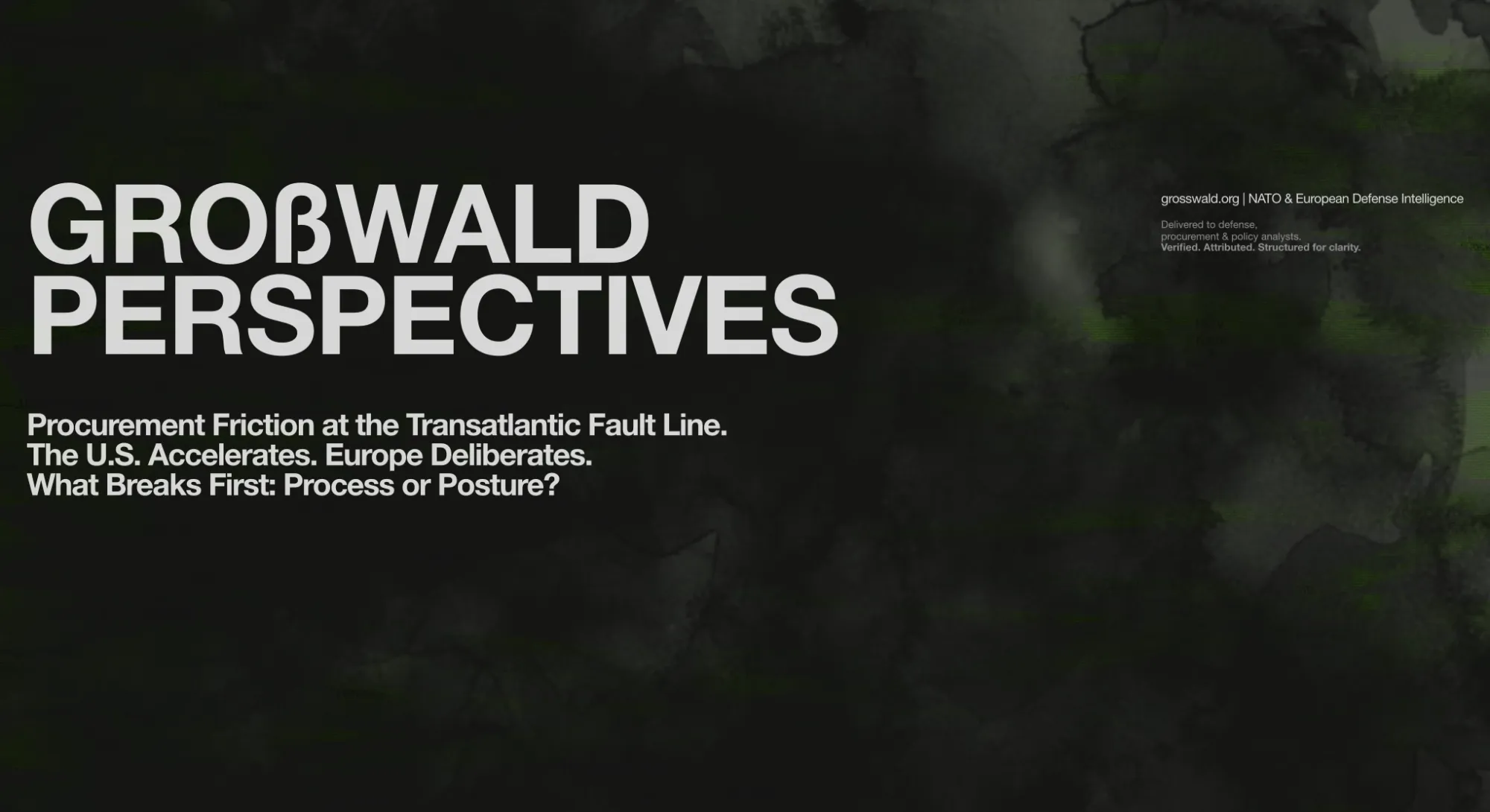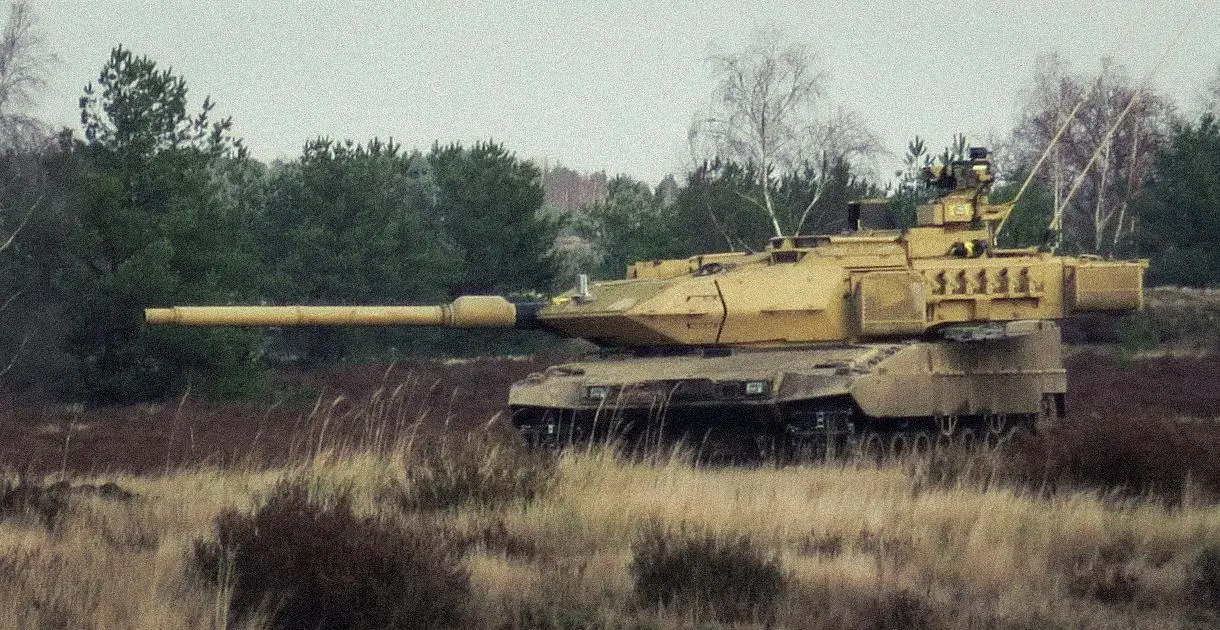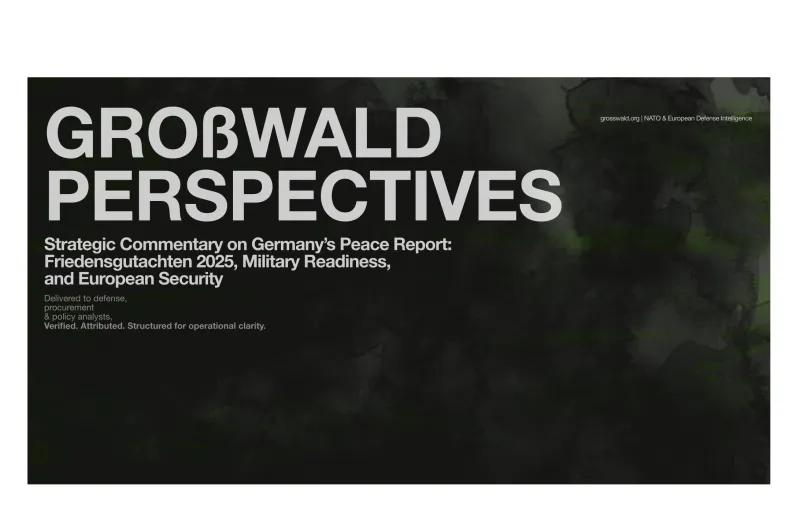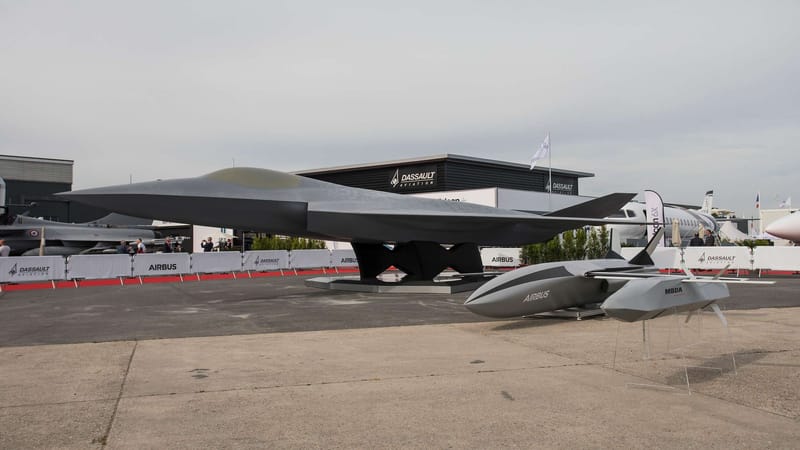EO 14267 and the Procurement Divide: U.S. Acquisition Law vs. Europe’s Defense Frameworks
This comparative analysis examines how legal and institutional design—across EO mandates, OTA frameworks, and EU procurement law—shapes strategic tempo on both sides of the Atlantic.

The U.S. just turned acquisition speed into federal law. Europe still defaults to delay. This piece traces the legal fault lines shaping transatlantic defense procurement—and where agility might emerge.

Washington’s Pivot from Process to Performance
On 9 April 2025, President Donald Trump signed Executive Order 14267, Modernizing Defense Acquisitions and Spurring Innovation in the Defense Industrial Base. The directive tasks the Department of Defense with accelerating acquisition cycles and prioritizing commercially available solutions.
Its five core mandates:
- Faster decisions—months, not years
- Expanded use of Other Transaction Authorities (OTAs) to bypass FAR delays
- Dual-use by default—commercial solutions first
- Acquisition workforce as a lever—training, data, and rotations
- Iterative prototyping over monolithic “design-once, buy-forever” programs
This is not a fresh start, but a formalization of a shift that began with SOCOM and DIU. The White House Fact Sheet calls for streamlining duplicative reviews, slashing redundant oversight, and entrusting mid-level program managers with accelerated authorities.
Fine print: OTAs aren’t a silver bullet. A 2024 GAO review found that just 42% of prototype OTAs transitioned to production, with persistent challenges around price creep, intellectual property disputes, and unclear sustainment obligations.
Europe’s Procurement Maze
Europe still buys capability the way it brokers consensus: procedurally, multilaterally, and cautiously. The German BAAINBw, OCCAR, and PESCO frameworks all superimpose national interests onto legalistic EU frameworks.
Results are slow by design:
- No OTA equivalent. There is no EU-wide mechanism allowing managed risk or exemption from competition law.
- Diffuse accountability. Success is compliance, not speed or field utility.
- Innovation pilots only. EDF tech calls top out at €60 million and run on annual cycles.
Recent moves like the European Defence Industrial Strategy (EDIS) and the proposed European Defence Investment Programme (EDIP) signal intent to coordinate and consolidate procurement—but implementation remains the bottleneck. Without mechanisms to expedite contracting and reduce fragmentation, even well-funded initiatives risk inertia.
What Brussels Has Already Put on the Table
- EDIS (Mar 2024): European Defence Industrial Strategy pledges cohesion but lacks enforcement muscle [European Parliament].
- EDIP draft regulation (Feb 2025): Envisions joint procurement but remains in consultation [European Commission].
- SAFE fund (Apr 2025): €150 billion over ten years aimed at industrial resilience—though its “buy European” mandate could limit flexibility in urgent joint procurement scenarios [The Guardian].
None yet unlock OTA-style agility. All risk being swallowed by existing bureaucracy.

Case Studies: Where the Wheels Grind in Europe—and a Few That Don’t
These cases illustrate the structural tension at the heart of European defense acquisition: consensus-driven frameworks can deliver—but rarely at tempo.
| Programme | Status (May 2025) | Illustrative Friction |
|---|---|---|
| MGCS main battle tank | Still in concept phase; JV established, a decade after green-light | Workshare standoff between Germany, France, Spain |
| FCAS fighter jet | Airbus now says demonstrator won’t fly until 2036 | Dassault-Airbus IP disputes, trilateral gridlock |
| Leopard 2A8 export model | Fast-tracked at home, delayed for allies | Needs Bundestag overrides—speed by exception only |
| RCH-155 for Denmark | Signed and delivered in 19 months | Proof that speed is possible—but rare |
For further details on the entity established for the MGCS main battle tank project, read our recent reporting on grosswald.org:

Why Speed Now Is Strategy
Ukraine’s drone swarms, China’s AI targeting, and Gaza’s real-time ISR cycles show a world operating on quarterly tech sprints. If Washington is institutionalizing acceleration and Beijing is industrializing it, Europe risks obsolescence by deliberation.
Global Parallels:
- Japan: 2024 Defense Acquisition Reform Act streamlined local contracting, mirroring OTA flexibility.
- India: iDEX programme funds small-batch prototypes within 12–18 months—non-Western, fast, and cost-capped.
Legal tightening, not acceleration.
While the U.S. opens access to commercially viable tech via OTAs, the European Court of Justice’s October 2024 ruling (C-652/22) restricts third-country participation in EU tenders without a procurement agreement.
This marks a departure from the prior “level playing field” assumption and allows member states to reject bids from non-EU companies unless reciprocity is established—particularly in sensitive sectors like defense procurement (Sodry, NZBau, Apr 2025). The result: legal sovereignty now risks reinforcing structural inertia, precisely when flexibility is most needed.
Toward a European OTA
A European OTA analogue faces legal, political, and institutional headwinds—but it is possible.
Three practical pathways:
- National pilot statutes: Estonia or Finland could test “Critical Capability Agreements” that sidestep Directive 2009/81/EC.
- EDF ‘Fast-Track Windows’: Reserve 10% of funds for 100-day open competitions with OTA-style contracting.
- Transatlantic testbeds: Use NATO DIANA or bilateral U.S.–EU frameworks to trial fast lanes under existing security umbrellas.
Germany, as Europe’s largest spender, could lead by creating a Rapid Capabilities Cell inside the Bundeswehr, shielded by a Bundestag budget carve-out—just as it did with the €100 billion Zeitenwende fund.
Political fine print: Any EU-wide OTA would require a TFEU Article 346 derogation or treaty amendment. National-level reforms risk treaty non-compliance or require special funds operating outside EU procurement law.
Pressure Points: Four Questions That Won’t Go Away
Beneath legal progress and fiscal alignment, four structural questions continue to define the limits of Europe’s procurement agility.
- Is speed always strategic? Rapid acquisitions can backfire when integration, training, or sustainment are rushed. Several NATO states (such as Poland and Romania) encountered such issues during the post-2014 rearmament push, where systems were fielded faster than supporting infrastructure could adapt. Speed without systems thinking is risk.
- Are OTAs scalable? In the U.S., anything over $500m still needs senior waivers [ARPA-H]. Could the EU manage that without a new approval bottleneck?
- What about sovereignty? OTA-style imports risk clashing with SAFE fund's “buy European” clause. Can speed and strategic autonomy coexist?
- Do we have the people? The U.S. acquisition corps is ~175,000 strong. OCCAR and EU institutions are thinly staffed by comparison. Even the right rules need the right personnel.
Europe’s collaborative frameworks, industrial depth, and regulatory sophistication remain significant assets. The challenge is less about resources than responsiveness. A targeted legal and procedural carve-out for agility could complement—not undermine—existing structures.
(Editor’s Note: This section was revised to reflect only verified NATO procurement cases. A prior reference to Georgia was removed due to lack of independent confirmation.

Großwald Policy Desk Takeaway
Time is a capability. EO 14267 codifies speed in U.S. defense acquisition. Europe, in parallel, is institutionalizing deterrence—through law, funding, and posture—with growing momentum.
The challenge now is tempo. As frameworks mature, aligning delivery with operational timelines will define strategic credibility.
Agility isn’t opposition to process—it’s the enabler of strategy.
Whether through legislative carve-outs, fast-track pilots, or transatlantic testbeds, institutional pathways to acquisition agility are emerging.
A prototype “European OTA” could accelerate cultural alignment without disrupting institutional integrity.
Their traction may determine whether posture remains declarative—or becomes deployable.
Are you working on defense acquisition reform in Europe or beyond? Großwald welcomes expert perspectives, commentary, and case contributions.
Reach us at policy@desk.grosswald.org
Großwald delivers structured intelligence on Europe’s defense architecture—tracking procurement, posture, and platform integration across NATO’s frontline and Europe's industrial core.

Procurement Glossary: Terms in the EU–U.S. Acquisition Debate
- OTA (Other Transaction Authority)
A U.S. legal mechanism that allows the Department of Defense to bypass standard procurement regulations for faster, more flexible acquisition—especially for prototyping and innovation. - FAR (Federal Acquisition Regulation)
The comprehensive rulebook governing procurement by U.S. federal agencies. Known for being slow, process-heavy, and risk-averse. - EDIS (European Defence Industrial Strategy)
A European Commission policy released in March 2024 aiming to foster a more integrated and resilient European defense industry. Focused on coordination, not enforcement. - EDIP (European Defence Investment Programme)
A proposed EU funding mechanism to support joint defense procurement. Still under legislative review as of early 2025. - SAFE fund
A €150 billion EU initiative launched in April 2025 to bolster Europe’s defense industrial base. Its “buy European” clause may limit fast international procurement in urgent scenarios. - Directive 2009/81/EC
The main EU law governing defense and security procurement. It mandates open competition but has been criticized for its rigidity in time-sensitive scenarios. - TFEU Article 346
A provision in EU law that allows member states to sidestep common procurement rules when national security is at stake. - DIU (Defense Innovation Unit)
A U.S. Department of Defense entity focused on integrating commercial technologies into military capabilities quickly and effectively. - NATO DIANA (Defence Innovation Accelerator for the North Atlantic)
A NATO-backed innovation platform designed to support dual-use technologies and facilitate transatlantic tech acceleration. - Procurement Sovereignty
The idea that individual EU member states should retain ultimate control over what, when, and how they procure defense capabilities—often a barrier to unified EU-level action. - Transatlantic Testbed
A proposed use of NATO or bilateral U.S.-EU frameworks to fast-track innovation trials outside of normal EU procurement law and timelines.





